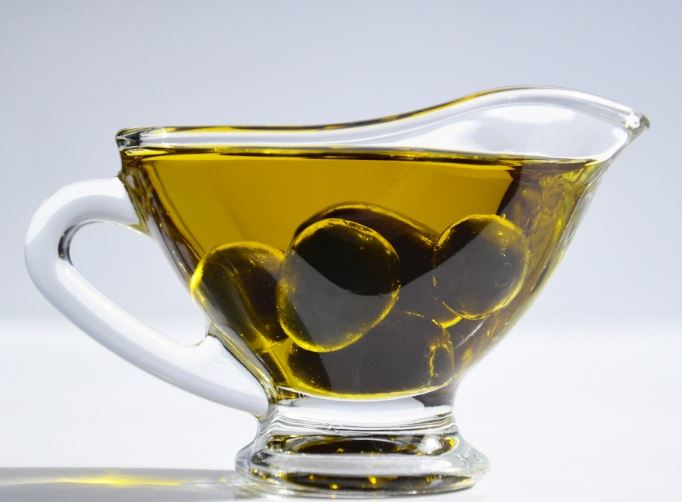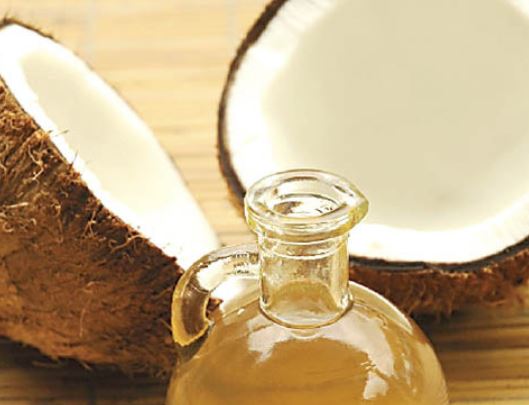4 Good Cooking Oils For Use In Restaurants

Choice of cooking oil can prove the difference when it comes to making good fried food. The cooking oil you use may be your secret ingredient and the ultimate decider between a regular customer and a one-time visitor. You definitely want your food to taste and look good, but there are more factors behind choosing oil. Different cooking oils will offer different performance and flavours. Some oils will perform well at high temperatures. This makes them efficient for both frying and sauteing. Some oils offer really good flavours but will turn rancid once heated. Here is a comprehensive breakdown of the best cooking oils for use in restaurants.
Canola Oil
Canola oil, also known as rapeseed oil, is almost transparent but has a mild yellow tinge. It is similar to vegetable oil in colour, flavour, and usage abilities. Extracted from the canola plant, canola oil is low in saturated fat but high in monounsaturated fat and is rich in omega-3s. Its fat content makes it an ideal choice for deep frying because it has a high smoke point. Unfortunately, most of its healthy nutrients are stripped from the oil during processing. Canola oil is used in preparing a lot of products such as oven-baked chips, frozen fish fillets, and salad. It is important to note that once canola oil has been used for deep frying, it becomes unstable as a result of heating and thus should not be reused.
Pure Olive Oil

All kinds of olive oil are a blend of virgin olive oil and lampante olive oil, both extracted from olives. Olives are crushed into a paste and the excess water is separated from the mixture. This process can be done by a stone press on a small-scale enterprise. However, olive oil intended for commercial purposes can be extracted with high-steel machinery. After extraction, the olive oil is treated with chemical solvents so that its flavour can be neutralized. We would recommend frylite.com for the best quality product.
Pure olive oil has low quantities of monounsaturated fatty acids thus rendering it a rather healthy option. Its refinement process, unfortunately, eradicates many of its health benefits. The monounsaturated nature of pure olive oil means that it has one double bond. This makes it heat resistant and good to fry in. It has a smoke point ranging between 460 and 470Ëš Fahrenheit and is light in taste and colour. These traits make it a good choice for high-heat cooking. Pure olive oil is used in vinaigrettes to add flavour.
Extra Virgin Olive Oil
After the olives have been pressed and the oil extracted, the remaining residue is what is referred to as extra virgin olive oil. It has a strong flavour and can have fruity and buttery elements depending on the conditions of where the olives were grown. it also has a lower smoke point of between 320 and 325 ahrenheit as compared to pure olive oil making it good for shallow frying such as pan-frying. This means that it is not the best choice for cooking.
Extra Virgin Olive OIl has a strong flavour therefore a little bit too much of it can overpower the flavour in food. It can, however, be used to make really delicious ice cream. To do this, you need to choose a fruity oil and put it inside custard ice cream before processing it in an ice cream machine. With a small touch of salt, your olive ice cream should be good to go.
Coconut Oil

Coconut cooking oil is extracted from the white substance inside fully developed coconuts. The potential health benefits of coconut oil have been a matter of hotly contested debate. It is, however, proven to be a really good source of lauric acid which helps increase high-density lipoprotein (HDL), desirable cholesterol that helps remove other forms of cholesterol in the body. Some people have claimed that it can help eliminate belly fat as well as harmful bacteria but scientific research has not yet proven that.
Regardless, it is a really stable cooking oil due to its high saturated fat content of about 90%. This means that it can fry for hours on end. Hydrogenated coconut oil can, however, last longer and is more stable. Its manufacture involves a process where the oil is pressed and heated at high levels as hydrogen is fused into the oil.
Coconut oil has a low smoking point meaning it can fry at low temperatures. It also has a sweet flavour that makes its use popular in making fried desserts such as cakes and doughnuts. Due to its health benefits, coconut cooking oil can be used as salad dressings or as a frying oil.
Conclusion
It is important for restaurant owners and managers to understand the differences between cooking oils so that they may easily differentiate between them. If you are finished with oil, don't try to pour it down the drain. This might cause clogging in your pipes leading to costly repairs. Instead, pour it into sealed jars and take them at a nearby recycling centre.